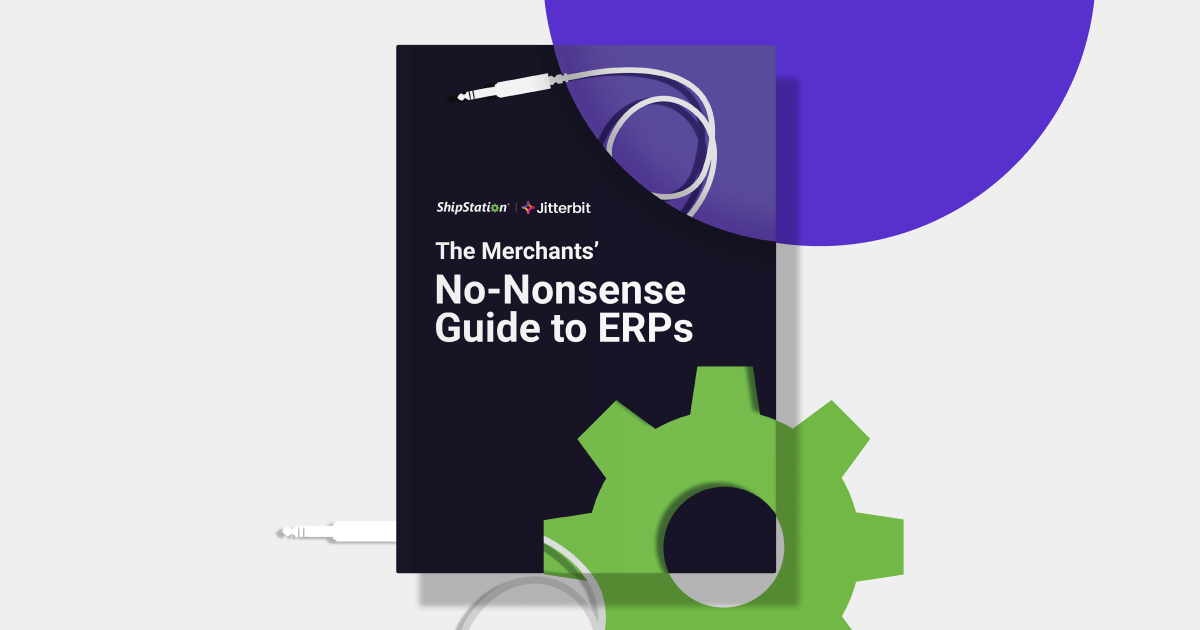Ecommerce in the Post-Wayfair World
Written by our partners at Avalara– experts in cloud-based tax automation.
It used to be relatively simple to figure out if you had an obligation to collect and remit sales tax in a state. For the most part, you had to register, collect applicable sales taxes, remit the revenue, and file returns in states where you had a physical presence. If you didn’t have a physical connection to a state, you likely didn’t need to comply with its sales tax rules. That changed when the Supreme Court of the United States issued its ruling on South Dakota v. Wayfair, Inc. (June 21, 2018).
The Wayfair decision overrules the long-standing physical presence rule, thus enabling states to impose a sales tax collection obligation on any business making sales transactions in the state, regardless of whether they have a physical presence there or not.* The salad days are over, ecommerce sellers.
Businesses that sell across state lines now need to closely monitor ever-changing remote sales tax laws in regards to the states they sell in. Even relatively small businesses can incur an obligation to collect and remit sales tax in multiple states. While there have been several legislative changes for online sellers since the South Dakota v. Wayfair decision, we’re going to help explain how your business could be impacted and tips you can use to get a grip on managing sales tax.
State remote sales tax laws
Approximately 35 states have adopted economic nexus laws under which sales activity in the state — either sales volume, number of transactions, or both — triggers a sales tax collection obligation. A number of other states enforce other types of remote sales tax laws such as click-through nexus or cookie (software) nexus. Learn more about different sales tax nexus triggers.
There are few restraints on state sales tax authority these days. The Supreme Court removed the physical presence limitation but didn’t replace it with a similar bright-line test. It merely called the physical presence rule “unsound and incorrect,” and overruled it.
Yet many states are largely following South Dakota’s lead, basing a sales tax collection obligation on a remote seller’s sales activity in the state. And many are taking steps to “prevent discrimination against or undue burdens upon interstate commerce” by adopting elements of South Dakota’s law that elicited praise from the Supreme Court. These are:
- Safe harbor for small businesses. South Dakota’s economic nexus law makes an exception for businesses with sales of $100,000 or less and/or fewer than 200 transactions in the state in the current or previous calendar year.
- Prospective enforcement of economic nexus. South Dakota won’t tax businesses on sales made before the effective date of the law.
- Simplified sales tax compliance. South Dakota is a member of the Streamlined Sales and Use Tax Agreement (SSUTA), meaning they are working to simplify sales tax compliance for remote sellers and to reduce any associated costs.
Most states offer a small seller exception, though not all use the same thresholds as South Dakota. For example, Georgia’s small seller exception is $250,000 in sales or at least 200 transactions; both Pennsylvania and South Carolina have set the threshold at $100,000 in sales; and the threshold in Texas is $500,000 in sales. Furthermore, each state threshold is based on different activities: Some states include all sales into the state, some merely sales of taxable tangible personal property, and so on.
Retroactive enforcement of remote seller sales tax laws is enforced in most states, but not required. Recently, the New York Department of Taxation and Finance announced the Wayfair decision allows it to enforce existing provisions of its sales tax law “immediately,” suggesting certain vendors could be held liable for sales tax back to June 21, 2018.
It’s no simple task to join the SSUTA. There are currently 24 Streamlined Sales Tax member states, and a few non-member states are working to simplify sales tax compliance for remote businesses. In other states, the status quo seems to be good enough.
As more states boost their revenue by taxing remote sales, others will look to do the same. What’s a remote seller to do?
Sales tax compliance tips for ecommerce sellers
Ignoring the changes brought on by the Wayfair decision is a good way to get yourself in trouble with state tax authorities. It’s better to confront change head on by:
- Learning which states impose a sales tax collection obligation on remote sellers. This up-to-date chart is a good place to start.
- Figuring out where you make sales, and where you do and don’t collect sales tax.
- Comparing state remote sales tax requirements with your sales into each state. This state-by-state guide to nexus laws is a good place to start.
- Discussing your situation with a trusted tax advisor.
That’s just a starting point. If you discover you have an obligation to collect in a state(s) where you don’t currently collect, you’ll need to register with the state to begin collection and remittance. Note that New York’s sales tax returns are due March 20th. Register with Avalara and ShipStation today and make sure you’re hitting tax deadlines for all applicable states.
You can handle sales tax compliance manually, though that will become more difficult as you grow. Or you can automate sales tax collection, remittance, and filing with Avalara — Start a free trial! ShipStation and Avalara are committed to cutting out the time it takes for ecommerce businesses to be compliant so they can get to selling.
*This doesn’t affect the physical presence rule itself — physical presence still triggers a sales tax collection obligation in all states with a sales tax. But it does allow states to tax.






